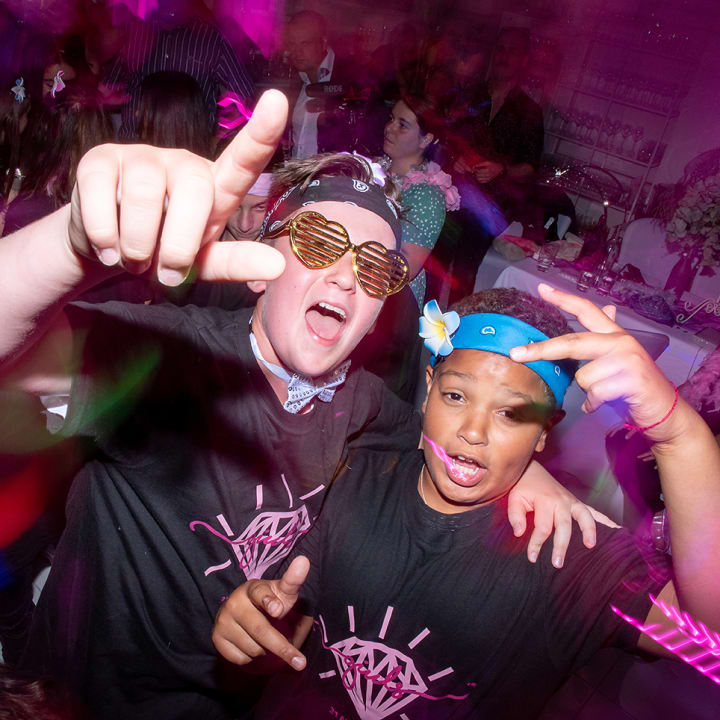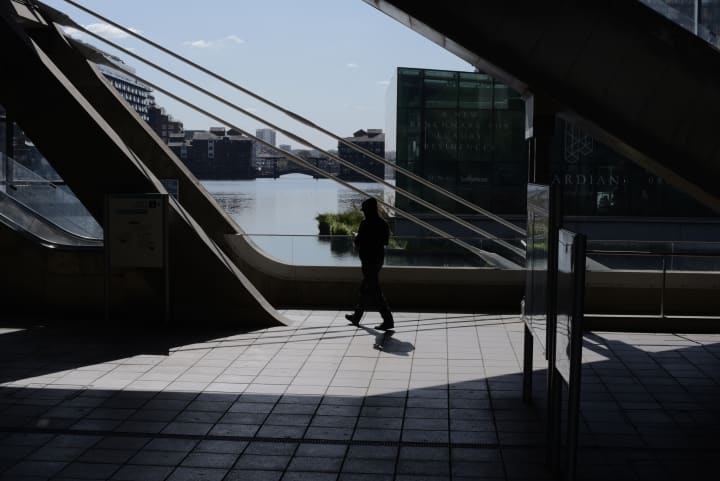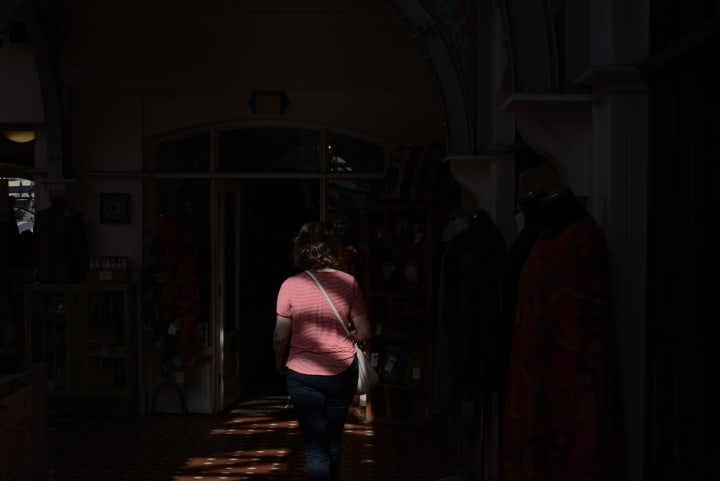Is Auto-Exposure Good?
Has Auto-exposure ruined photography?

That is quite a bold statement to make. Especially with the capabilities of RAW files. However, for the moment I am going to ignore RAW files (I will speak about them later on in this article). We all know of photographers from years gone by who didn't have auto exposure and took phenomenal images on film. To name a few: Fan Ho, Don McCullin, Ira Block, Annie Leibovitz, and Steve McCurry. They are in no particular order, but they all started shooting without digital cameras, and without auto-exposure. All their most distinctive shots have been taken without auto-exposure and on film.
What I am getting at is that there is no excuse for bad photography. The principles have not changed:
1: Framing

What you choose to include or exclude from a frame. And how you frame objects around you. I have spoken about this idea before, to read it click here:
2: Timing

The article above talks about it as well, but photography is about timing, the photographer Henri Cartier-Bresson spoke about the decisive moment and capturing that moment.
3: Exposure

My street photography will probably be a good example, as I set my exposure manually to where the sun lands to create this type of high contrast image.
Some people might call that a bad exposure, where others (myself included) would call it a good exposure. My point is that the notion of a correct exposure doesn't exist. Exposure is subjective! There is no right or wrong, which leads (quite nicely) to why I think that auto-exposure is dangerous. I will happily accept that I do not always shoot Manual Mode, and that there are circumstances in which I will shoot Aperture Priority or Shutter Priority depending on what is in front of me and what I am doing.
All my street photography is shot in Manual Mode, this is because if I want the affect above I could shoot in an auto mode and use exposure compensation, but then at every shot I take I would have to adjust it for the scene. The light and dark areas are quite even, whereas below they are not. If I were using exposure compensation the shot below would have been missed.

By no means am I saying anywhere in this article that shooting in auto mode is wrong. If it works for you that is fantastic, for me and the work I like to produce, it seems to slow me down.
I want to try and create an idea that going out and setting your exposure manually is not hard, but, it takes a little time to get it right. This is partly because you (the photographer) has to work out how you want your pictures to look. Not just the framing and timing, but also the style it looks. Auto-exposure makes the choice of look for you.
Auto-exposure can also make it harder to try out ideas like Chiaroscuro* as your settings are always changing relative to the frame. Photography is a creative art, and no matter how you try to display the world around you—if that is trying to make your images as much like reality as possible, what lens you choose will change that. If you use a 35mm lens it is wide, but harder to dictate a subject. A 50mm is said to be 'how the eye sees,' but equally 85mm is how the eye sees as well.
How you see the world is subjective, in all aspects. So maybe try to reclaim a little bit more individuality in your shots, and learn how to shoot in manual mode, a good tip for starting out is to use old Film rules like sunny 16. So you set your shutter speed to 1/ISO, for example, if your ISO is 200 you set your shutter speed to 1/200 and f stop of 16 (hence the rule is called the sunny 16). The rule goes on to say about different f-stops for different light conditions.
It is also gives more control as your exposure only changes when you change it, and choose to change it.
To see more of my photography please have a look:
This account has my event and wedding work.
This is to see and more of my portrait work.
This account is all my street photography.
I hope you have enjoyed this article, and that it has maybe made you think about the look your image should take. If you like that classic (kind of 1970s) National Geographic look then you want to be exposing to save your highlights, and photograph people out of bright sunlight.
One last thing on RAW photos, if you shoot RAW then all of this probably wont matter as much, but with modern cameras (especially Sony and Nikon) underexpose and pull it back to the level you want. I know on the D750 you can shoot ISO100 and pull back five stops of information to form the shadows.
Here is one more image with a manual exposure I hope will cause inspiration.

*Chiaroscuro; comes from the Latin words Chiaro (meaning bright), and Oscuro (meaning dark). In art, is the use of strong contrasts between light and dark, usually bold contrasts affecting a whole composition. For example see below.

For more on Chiaroscuro watch this fantastic video by Jamie Windsor:
About the Creator
Harrison Galgut
Professional Wedding, Events and Portrait Photographer. Always looking for new experiences and people to meet. Have a look at my work: www.edit6.co.uk







Comments
There are no comments for this story
Be the first to respond and start the conversation.